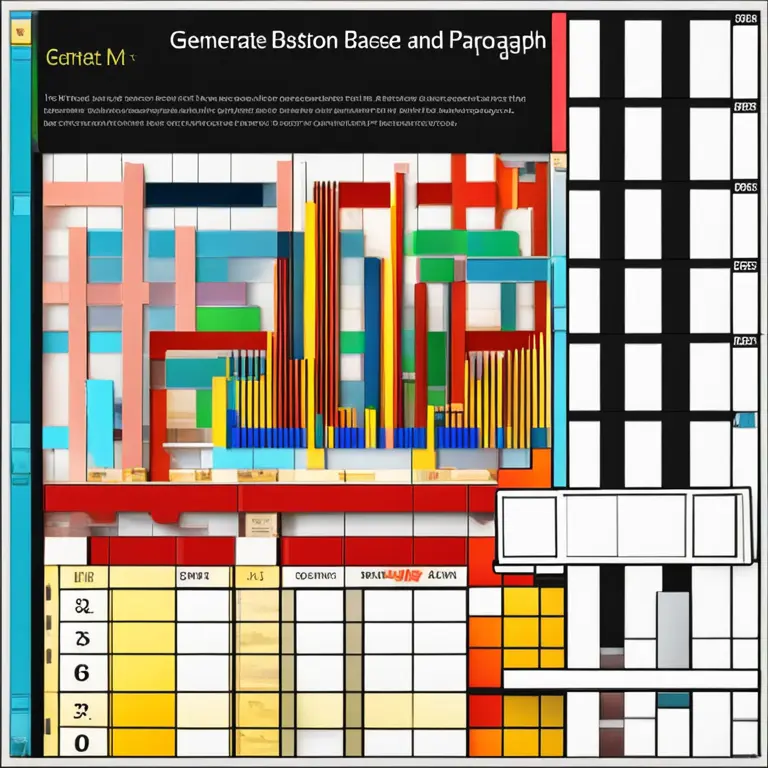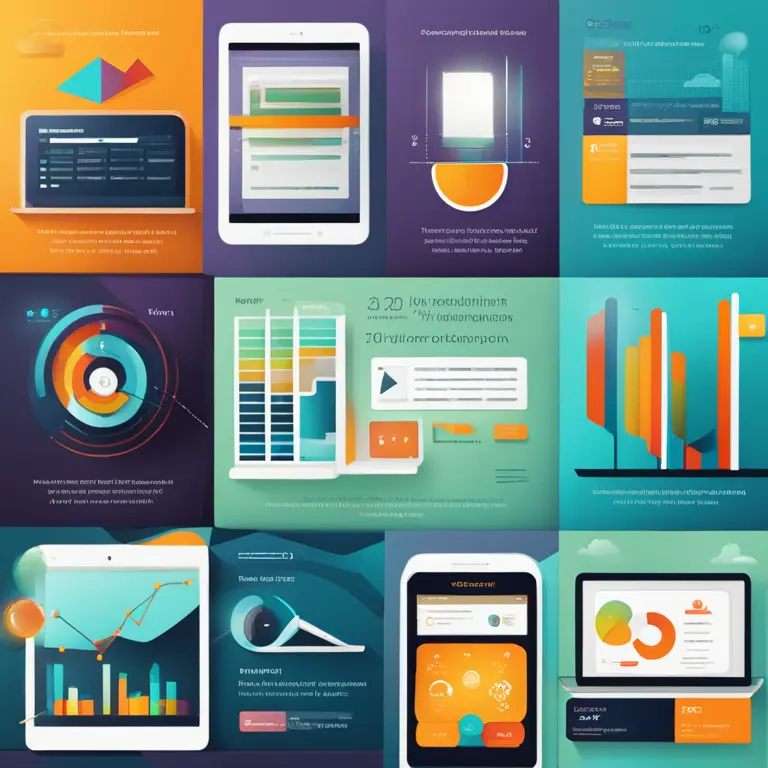
The Rhythms Within: An Insight into Biorhythm Theory
Discover the fundamentals of biorhythm theory and its implications on daily life in this comprehensive article.
article by Adrian Wallace
Introduction to Biorhythm Theory
Biorhythm theory proposes that human lives are influenced by rhythmic biological cycles. Historically traced back to the 19th century, the concept has evolved into a field that intersects with alternative wellness and self-awareness. Biorhythm enthusiasts believe that our physical, emotional, and intellectual abilities are subject to innate cycles that can be mapped and anticipated. While mainline science remains skeptical, the biorhythm model continues to intrigue those seeking deeper personal insights. This theory assigns cyclical patterns to various aspects of our physiology and personality, ostensibly predicting periods of high performance, low performance, and critical transitions in between.

The Three Primary Cycles
Biorhythm theory rests predominantly on three cycles: the 23-day physical cycle, the 28-day emotional cycle, and the 33-day intellectual cycle. Each cycle is thought to oscillate between positive and negative phases. The physical cycle influences vitality and coordination, the emotional cycle governs mood and creativity, and the intellectual cycle reflects cognitive functions and decision-making abilities. By understanding and tracking these cycles, individuals hope to better navigate life's challenges and optimize their day-to-day experiences.

Scientific Skepticism and Support
The scientific community has largely been skeptical of biorhythm theory, citing a lack of empirical evidence and contradictory findings in various studies. Critics argue that the theory owes more to pseudoscience than to rigorous scientific analysis. However, some researchers advocate for a more nuanced exploration of how circadian rhythms and hormonal patterns could intersect with the biorhythm hypothesis, suggesting that a kernel of truth might lie within the broader claims of the theory.

Biorhythms in the Modern Age
With advancements in technology, monitoring biorhythms has become more accessible. Numerous apps and software programs now exist, enabling individuals to track their personal cycles with ease. The theory has found a niche within the wellness and self-help communities, where it's used as a tool for personal development. As we move forward in this digital era, it's likely that the intersection between biofeedback technology and biorhythm tracking will become more pronounced, potentially providing a more substantive basis for this captivating concept.

Using Biorhythms for Personal Growth
Advocates of the biorhythm theory often use it for self-improvement and psychological fortitude. By predicting one's high and low phases, individuals seek to align their activities with these cycles. For example, they might schedule important meetings or tasks during a high intellectual cycle, or rest during a physical low. While efficacy varies among individuals, this type of synchronization aspires to maximize one's potential throughout the various phases of their life.
Conclusion and Future Directions
While biorhythm theory may not have robust scientific backing, it continues to capture the imagination of many. It serves as a framework for self-reflection and life optimization. As we look to the future, interdisciplinary research combining physiological monitoring, psychology, and data analytics may yield new insights into the workings of our internal rhythms. Whether or not these will vindicate the biorhythm model remains to be seen, but the pursuit of understanding human cycles is an endeavor that is likely to endure.
Published: 1/25/2024
Modified: 1/25/2024
More predictions
Come back here soon to learn more about yourself and your future


The Basis of Biorhythms: An Insight into Biological Cycles
Delve into the concept of biorhythms, the belief in rhythmic biological processes that purportedly influence human physiology and behavior.


The Basis of Biorhythms: Biological Cycles Explored
Delve into the foundations of biorhythms and discover how these natural cycles influence our daily lives and well-being.


Your Biorhythm Horoscope Handbook
Discover the intriguing intersection of biorhythms and astrology. Learn how tracking your biological cycles can provide insights into your physical, emotional, and intellectual well-being.